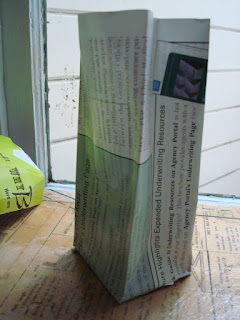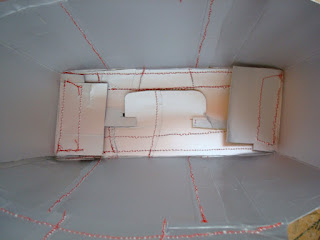Recycling Market Plummets
By Kate Galbraith Exports of paper from the Port of Long Beach in California have come to a screeching halt. China has an oversupply of the stuff, because Americans aren’t ordering the products made from it. (Photo: Jaime Rector for The New York Times)
Exports of paper from the Port of Long Beach in California have come to a screeching halt. China has an oversupply of the stuff, because Americans aren’t ordering the products made from it. (Photo: Jaime Rector for The New York Times)As millions of Americans toss their wine bottles, plastic containers and newspapers into recycling bins this long Thanksgiving weekend, they may be blissfully unaware of a big problem: recyclers are running out of money.
Prices for recycled materials like plastics, paper and metals have plunged in the last two months, endangering some programs.
In Oregon, haulers of mixed recyclables once collected $40 to $50 a ton from the plant. Now the situation is reversed, and sometimes the haulers must actually pay the plant to accept their wares, according to The Oregonian. In Denver, a local TV station reports that the city could take a $100,000 hit from the drop in prices. Seattle has also been hurt.
The Oregonian reports:
Waste Management, one of the biggest recycling processors in the country, has also been hurt by the recycling slowdown. In its third-quarter results, released a month ago, the chief executive, David Steiner, said, “We currently estimate that our recycling line of business could negatively impact earnings per share by as much as $0.03 in the fourth quarter.”Most categories of recycled plastic, paper, newspaper and cardboard have also seen steep price declines as domestic and overseas demand plunged.
The price for bales of mixed paper has fallen by 90 percent since September, according to Official Board Markets, the paper industry’s pricing bible. Prices for plastic bags and other plastic “film” have dropped by two-thirds in less than a month.





































